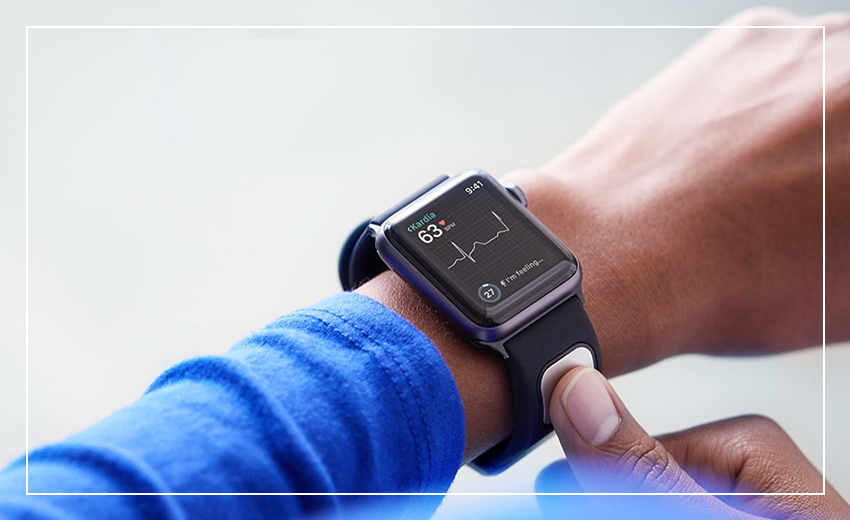Riken Centre for Emergent Matter Science and the University of Tokyo have collaborated to produce disruptive technology- a heart monitor that powered by solar and ambient light and is small enough to fit on a single finger. The scientists made the device look similar to a bandage that is entirely transparent making it aesthetically pleasing too. The remarkable gadget is powered by a photovoltaic cell that is included in the bandage. The direct source of power ensures that the noise produced by the electronics is the bare minimum. Hence, the measurements by the heart monitor are highly precise.
The Japanese research institute had their work cut out for them when they began making the monitor. Any electronic that measures body stats like heartbeat requires a boatload of power, power more than what a tiny solar cell can offer. Therefore, the researchers worked on creating a method that made the solar panels more efficient, i.e., generate more power. The present cardiac device employs a surface called nano-grating. The surface is engineered so that it absorbs light that comes from every angle possible which makes it more efficient.
Statistically speaking, a photovoltaic cell will be able to produce as much power as silicon-based panels that are used in the bigger market when their photo-conversion efficiency reaches 15%. This is called the magic number for organic photovoltaics. The PCE of the cell used in the new device is 10.5% which is very near to the target. Furthermore, the technology has a good ratio of high power per weight. It is at 11. 46 watts/gm. These numbers prove that the device is more than sufficient to power a heart monitor. The same has been tested practically via experiments done on humans and rats.
The initial test runs, which have been highly successful, give immense hope for the future. It is the tiny step that we need in our holy grail for monitoring devices that can be put within human tissues. The self-powered gadget does require some minor improvements like building power storage for the tool that is flexible. Besides, the tests run on the apparatus have only been analog like how it is powered and if it measures the heart rate accurately. The next step is digital. Using silicon technology they will create a method for transmission of the data recorded. Further action would be to make the device as practical as possible.
This is not the end for RIKEN. The center is continuing its collaboration with the university and other research groups to create more such practical gadgets. The scientists see it as the first step to a long road. This is the underlying technology for them, a base that can be used in other sensors that can be worn on the body. Sensors that are flexible and require zero power from an external electric source. The vision is to create bio-devices that record temperature and even sweat. With such triumph, as seen in the cardiac monitor, it is not hard to imagine that they will achieve the next goal soon.








